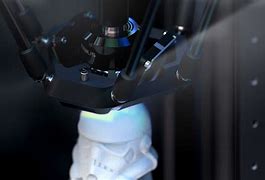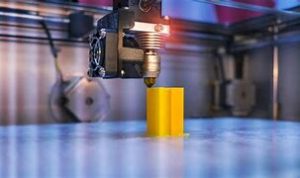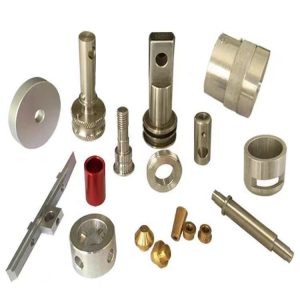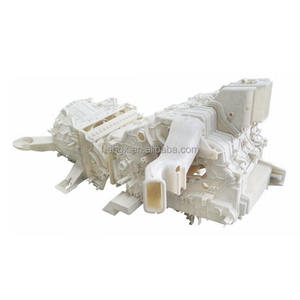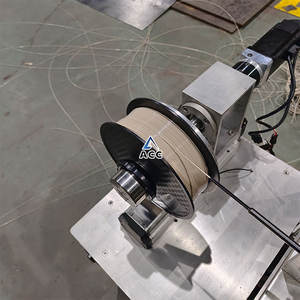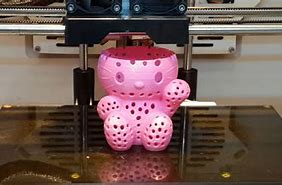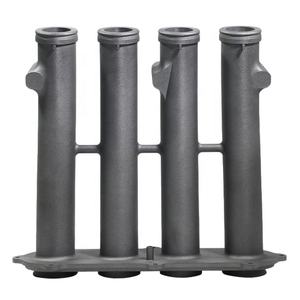Discover a professional 3D printing powder supplier
(Metal Marvels: The Costly Reality of Metal 3D Printers)
Title: Printing Gold: Why Metal 3D Printers Cost a Fortune
(Metal Marvels: The Costly Reality of Metal 3D Printers)
Imagine building a car engine or a rocket part by stacking layers of metal dust. Sounds like sci-fi? Metal 3D printers make this real. These machines build complex metal objects layer by layer. They’re changing industries like aerospace and healthcare. But here’s the catch: owning one feels like buying a luxury sports car. Let’s break down why these futuristic gadgets burn holes in budgets.
First, the machines themselves are crazy expensive. Basic models start around $100,000. Industrial-grade versions? Half a million or more. Regular 3D printers for plastic cost a few hundred bucks. Metal printers need lasers or electron beams strong enough to melt metal powder. Precision parts like high-powered lasers and temperature-controlled chambers add to the price. These aren’t garage gadgets. They’re lab-grade tools needing clean rooms and expert handling.
Materials aren’t cheap either. Metal powders used—like titanium, stainless steel, or nickel alloys—cost way more than regular printer ink. A kilogram of titanium powder runs about $300–$500. Aluminum might be cheaper, but specialty metals like cobalt-chrome can hit $600 per kilo. The powder must be ultra-fine and pure. Any impurities ruin prints. Storing it requires airtight containers. Humidity or oxygen exposure turns it into useless clumps.
Running these machines eats money too. Melting metal demands serious power. Lasers or electron beams run nonstop during prints. Energy bills spike. Maintenance is another headache. Parts like nozzles and mirrors wear out fast under extreme heat. Replacing them costs thousands yearly. Skilled operators are a must. Programming the printer, tweaking settings, and fixing errors needs expertise. Technicians with this know-how don’t come cheap.
Waste is a hidden cost. Not all powder gets used. After printing, leftover material must be sieved and tested before reuse. Up to 30% goes to waste. Failed prints? Common. A tiny error in temperature or layer alignment ruins hours of work. Scrapping a flawed titanium bracket means tossing hundreds of dollars.
Time is money here. Printing a fist-sized metal part takes 10–20 hours. Large objects need days. Traditional methods like CNC machining work faster for simple shapes. 3D printing shines for intricate designs, but speed isn’t its strength. Companies often use these printers only for prototypes or custom parts. Mass production? Still too slow and pricey.
Safety adds more costs. Melting metal powders creates fumes and risks explosions. Work areas need heavy-duty ventilation and fire suppression systems. Workers wear protective gear head to toe. Insurance premiums for housing these machines? Higher than a skyscraper.
Even with the costs, demand grows. Aerospace companies print fuel nozzles that are lighter and stronger. Hospitals make custom implants for patients. The tech is revolutionary. But for now, it’s a game for big players with deep pockets. Hobbyists and small shops stick to plastic. Metal 3D printing? It’s like owning a private jet. Amazing, but only a few can afford it.
(Metal Marvels: The Costly Reality of Metal 3D Printers)
The dream of printing metal parts at home? Still decades away. Till then, these machines stay in high-tech labs, guarded by price tags as heavy as the metals they print.Inquiry us if you want to want to know more, please feel free to contact us. (nanotrun@yahoo.com) hot tags: 3d printing,3D printiner,3d printing material
(Metal Marvels: The Costly Reality of Metal 3D Printers)

